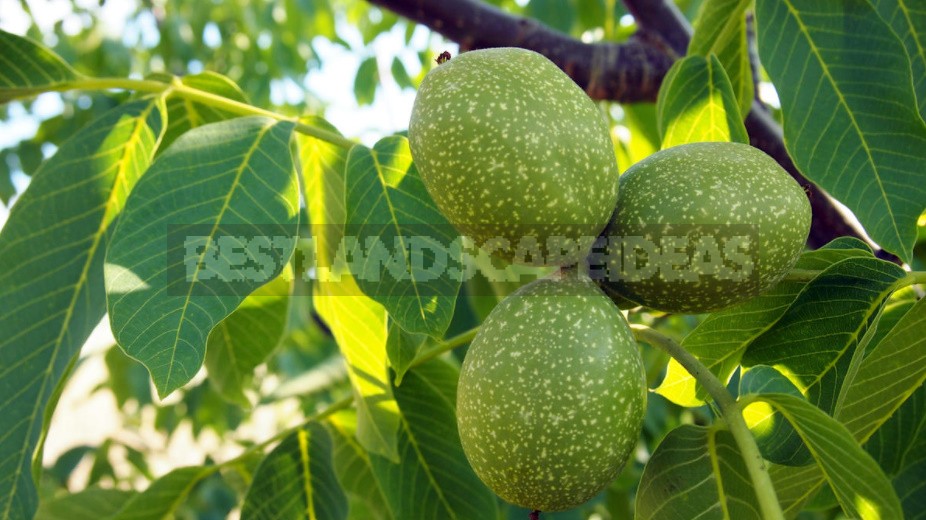
Juglans
Juglans are amazing deciduous trees that nature has given to man, giving them not only beauty, but also useful properties. Juglans regia is one of the main nut crops. There are only 15 species in the genus. We will focus on the 7 most common in the culture.
Juglans ailanthifolia
This is a spreading tree with strong branches up to 15 m high and wide. Juglans ailanthifolia, syn.Juglans sieboldiana, is native to Japan. Winter hardiness zones (according to USDA data) — 4-8.
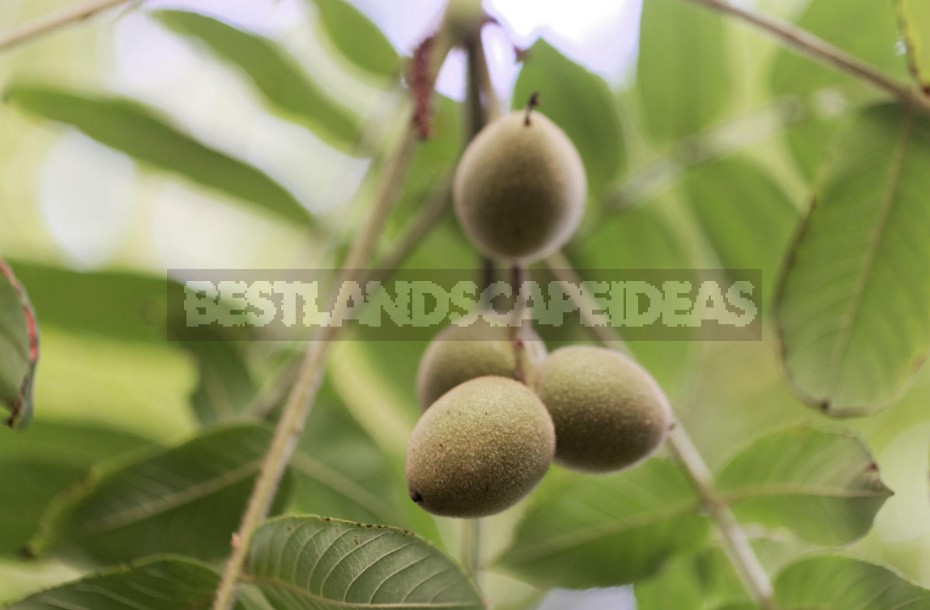
Non-pinnate leaves up to 60 cm long, with 11-17 oblong or elliptical leaflets. In the heart-shaped form (var. cordiformis, syn. Juglans cordiformis), the leaflets are narrower. The fruits (we will call them simply nuts) are heart-shaped, up to 5 cm long (I will specify the diameter for absolutely round ones). The nucleus is roughly wrinkled, covered with a dark brown endocarp (the inner part of the pericarp), creamy-white, oily at the break, does not taste bitter, is easily cleaned. In terms of taste, it even surpasses the kernels of Juglans regia, but is inferior to it in size.
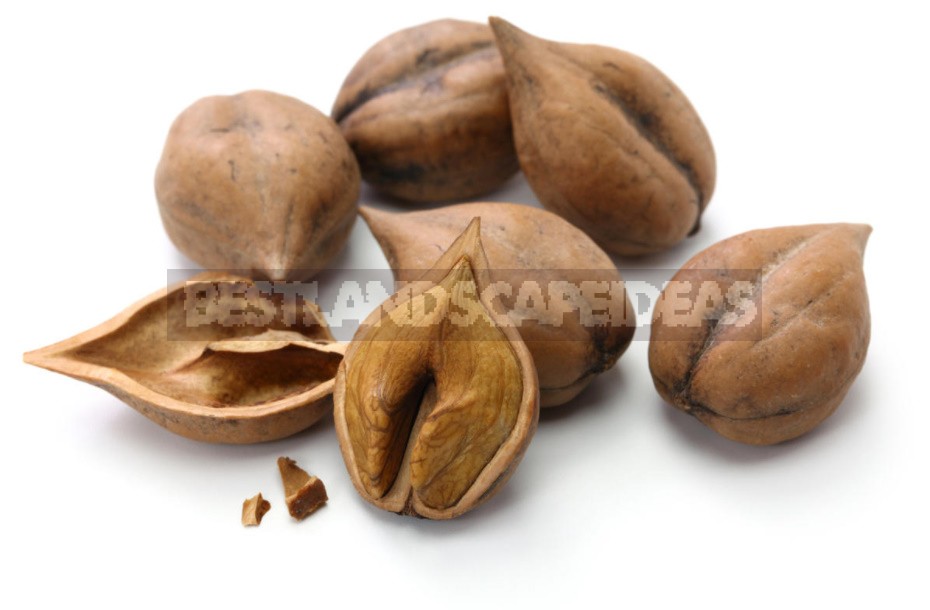
Juglans californica
Juglans californica is a spreading tree or shrub with a height and width of 10 m. It is native to Southern California, where it is widely cultivated as a rootstock for walnuts. Winter hardiness zones (according to USDA data) — 7-10.

Unpaired leaves up to 20 cm long, with 11-15 oblong-lanceolate leaflets. The nuts are round, up to 1.5 cm in diameter. The core is wrinkled, covered with a dark gray endocarp, oily. It is known that these nuts are eaten by Indians (Chumash Indians).
Juglans cinerea
A wide-spreading tree with a height of 25 m and a width of up to 20 m. Juglans cinerea is native to eastern North America. Winter hardiness zones (according to USDA data) — 3-7.
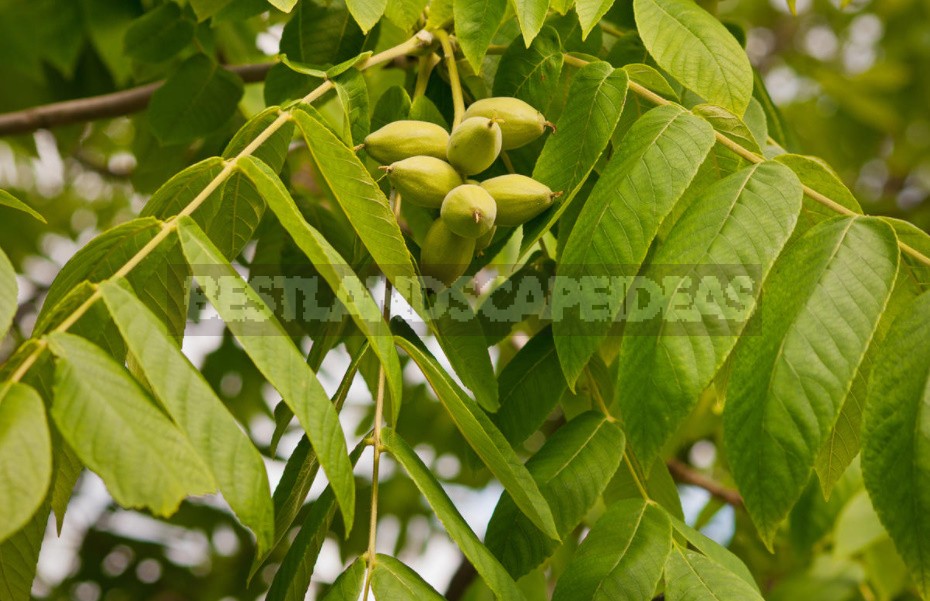
Unpaired leaves up to 50 cm long, with 7-19 oblong-lanceolate fragrant leaflets. The nuts are ovoid, up to 6 cm long. The core is wrinkled, covered with a dark gray endocarp, oily (57-62%), small, but sweet. It can be used in the confectionery industry. The outer shell of the fruit (pericarp) does not crack during maturation, after cleaning the fruit, it is used to dye woolen fabrics yellow.
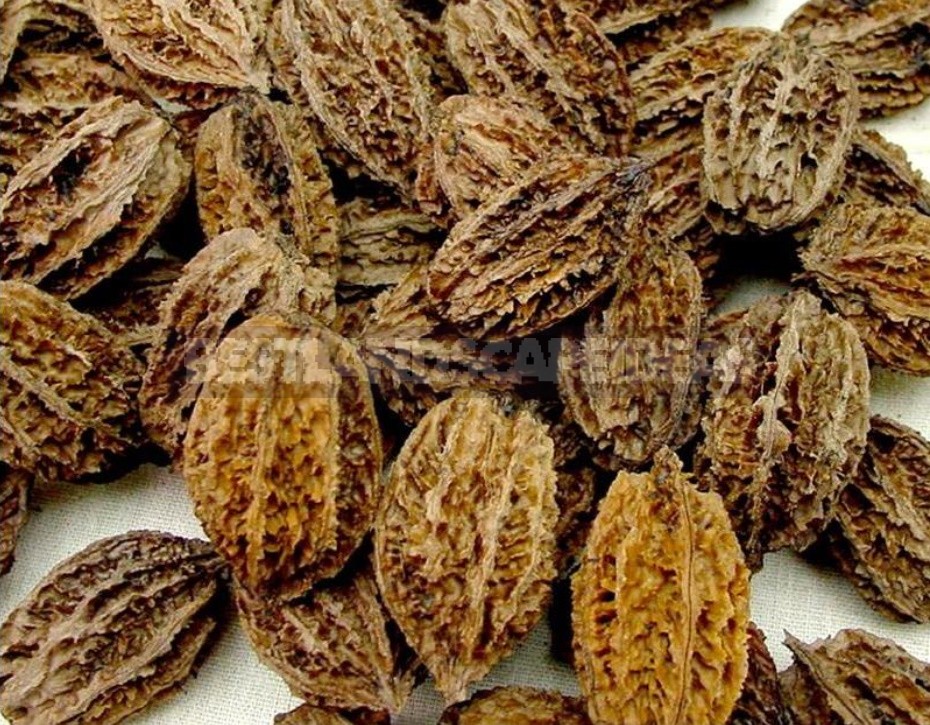
Juglans mandshurica
Juglans mandshurica is a spreading tree with an openwork crown with a height and width of 20 m. It is native to the north-east of China, from Korea. Winter hardiness zones (according to USDA data) — 4-8.
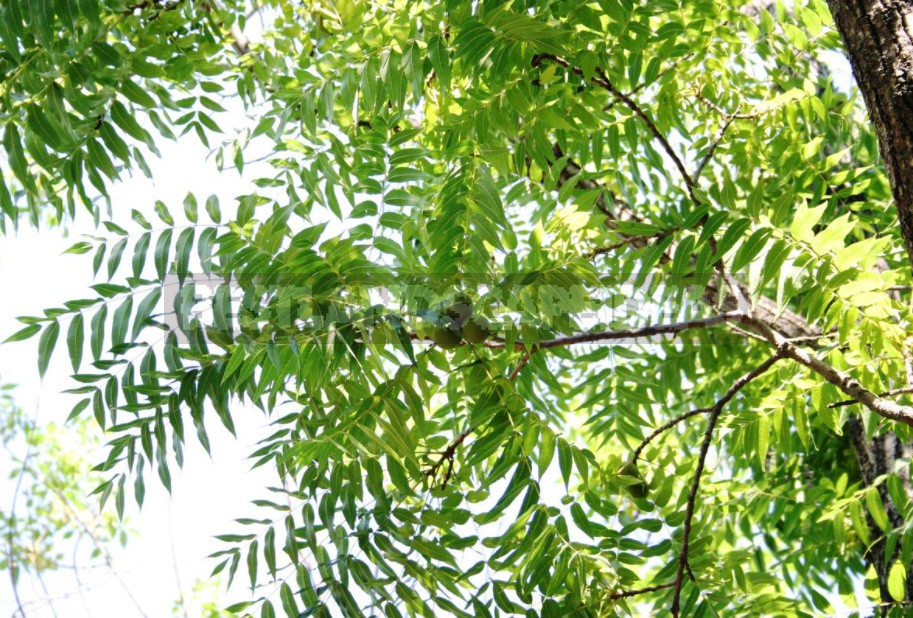
Non-pinnate leaves up to 60 cm long, with 9-17 oblong shiny leaflets. The nuts are ovoid, up to 5 cm long. The kernel is wrinkled, oily (50% fat), the endocarp is dark gray; they are used for fresh food. From green nuts 2-3 cm long, plucked at the stage of milk ripeness, a very tasty and therapeutic nut jam is prepared.
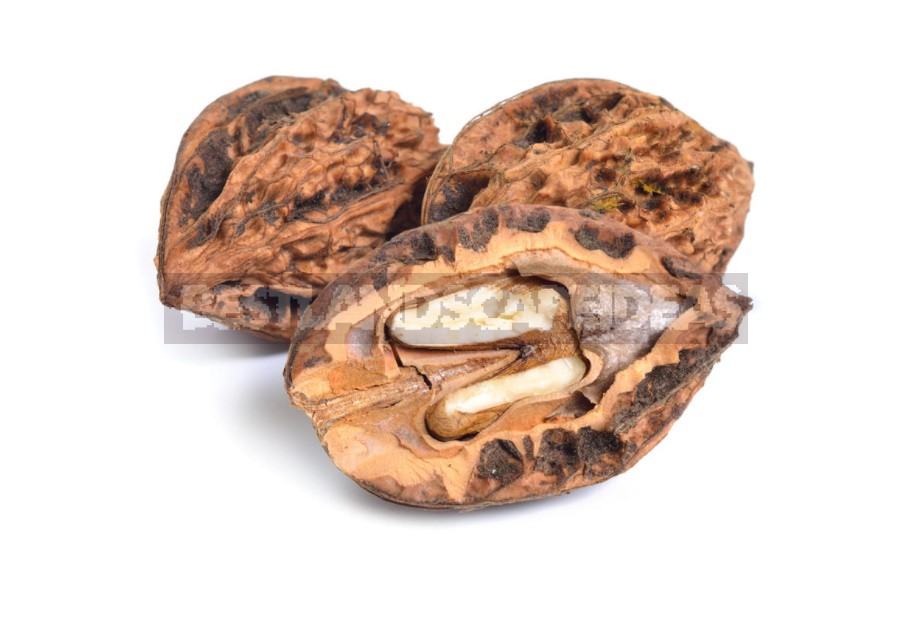
Juglans microcarpa
A wide-spreading tree or shrub with a height and width of 10 m. Juglans microcarpa, syn. Juglans rupestris is native to the southwestern United States, from northern Mexico. Winter hardiness zones (according to USDA data) — 5-9.

The non-pinnate leaves are 30 cm long, with 15-23 shiny leaves, golden in autumn. The nuts are small, round, up to 2.5 cm in diameter. The core is wrinkled, with a thin dark gray endocarp, oily. Various ornaments are made from its fruits — beads, bracelets, rosaries, which are in great demand among lovers of everything natural. The walnut pattern is especially beautiful when growing a tree in the southern regions.
Juglans nigra
Juglans nigra is a spreading tree with dark, almost black bark with deep cracks, 30 m high and 20 m wide. It comes from the eastern United States. Winter hardiness zones (according to USDA data) — 4-9.

Unpaired leaves are 60 cm long, with 11-23 ovate-oblong shiny leaflets. The nuts are round, with a diameter of 5 cm. The core is wrinkled, oily, enclosed in a thin dark gray endocarp. The fruits are used for parasitic diseases, candidiasis, dysbiosis, inflammatory diseases of the gastrointestinal tract, irritable bowel syndrome, gynecological diseases, for the treatment of chronic eczema, purulent wounds, boils. They are contraindicated in people with elevated prothrombin levels and pregnant women.
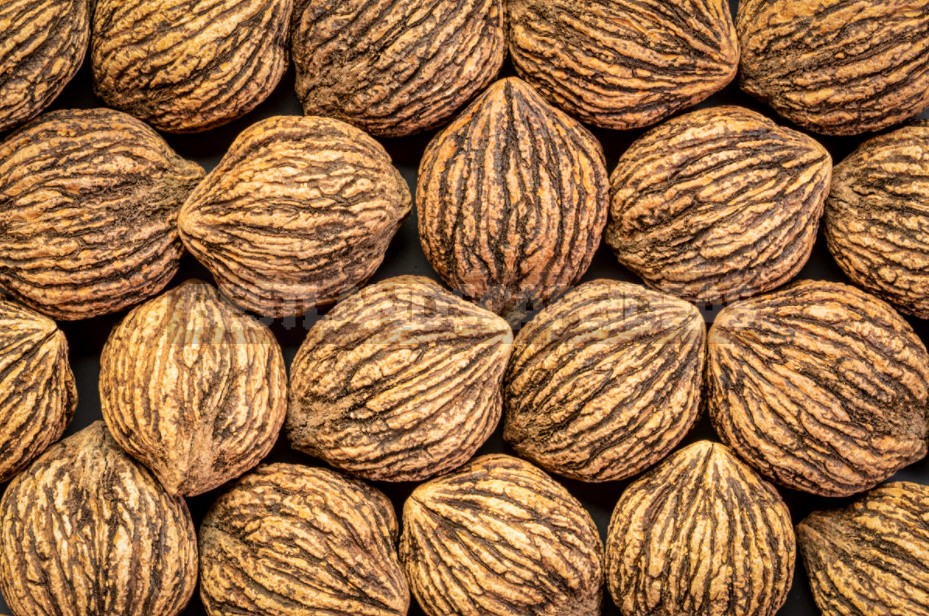
Juglans regia
This view is well known to many. A spreading tree with a height of 30 m and a width of 15 m. Juglans regia is native to South-Eastern Europe (to the Himalayas), South-Western China. Winter hardiness zones (according to USDA data) — 3-7.

Unpaired leaves up to 30 cm long, with 5-9 elliptical (up to oval) fragrant leaflets, bronze-purple in spring. Nuts up to 5 cm long, the kernel is edible. There is a decorative form of ‘Laciniata’ with narrow-lanceolate leaves (propagated by grafting) and a lot of cultivated varieties.
Nuances of growing Juglans
- When planting seedlings up to 2 m high, the installation of stakes and the garter of the tree are required. If the seedlings are higher, then use stretch marks.
- If you want to blacken the trunk circle, this is done for the 6th year after planting, and until that moment the soil is kept in a clean and loose state.
- It is important to organize regular watering in the first year of planting, from the 2nd to the 5th — as the soil dries, and from the 6th year-only in drought.
- Nuts respond well to spring (before the growth of shoots) fertilizing with a full mineral fertilizer in the first 5 years after planting.
- Pruning consists in cleaning the trunk to a height of 1-2 m (for Juglans nigra-3 m) and shortening the strong-growing central shoots, removing broken and dry branches.
Do you have nuts growing in your dacha? How do you take care of them? What kind of Juglans do you like? How much does it provide your family with a harvest? And it is also very interesting to know: what do you have growing under these trees?
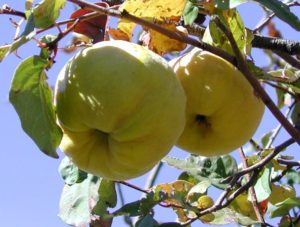
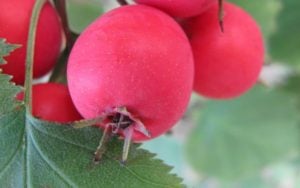
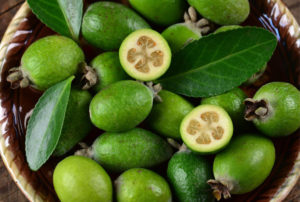
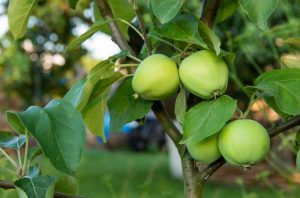
Leave a Reply